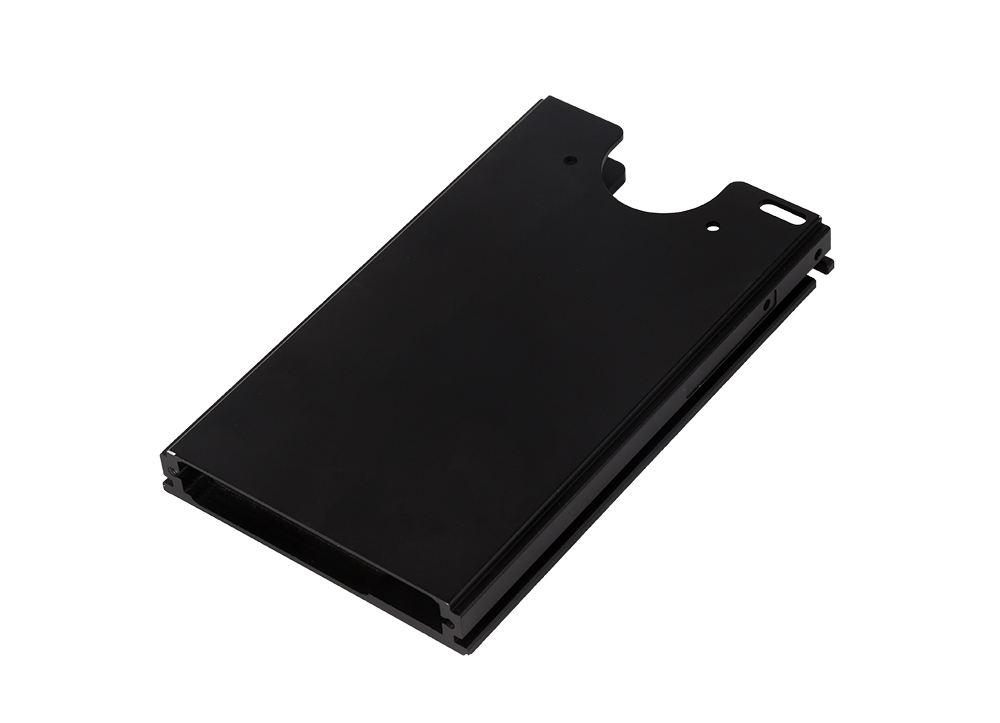Time:2023-03-07 Preview:
As a skilled operator, you must manipulate the machine tool to complete various processing tasks after understanding the requirements of processing parts, process routes, and machine tools. Operation points:
1) In order to simplify the positioning and security, the processing point of each positioning surface of the fixture should have an accurate coordinate size.
2) In order to ensure the consistency of the workpiece coordinate system and machine tool coordinate system, and settings in order to ensure the partiality of the parts installation and programming.
3) Can be changed to a fixture suitable for new workpieces after a short time. As the auxiliary time of the processing center has been compressed shortly, the loading and unloading of the supporting fixture cannot take up much time.

4) The fixture should have as little components and higher stiffness as possible.
5) The fixture should be as open as possible. The space position of the clamping element can be low, and the installation fixture cannot interfere with the trajectory of the Gongbiao tool.
6) Ensure that the processing content of the workpiece is completed within the scope of the main axis.
7) For the processing center of the interactive workbench, due to the movement of the workbench's movement, upper support, lower support, and rotation, the fixture design must prevent the spatial interference of the fixture and the machine tool.
8) Try to complete all the processing content in one fiber. When you have to replace the clamping point, you must pay special attention not to destroy the positioning accuracy due to the replacement point, and explain it in the process file if necessary.
9) In contact with the bottom surface of the fixture and the workbench, the bottom plane of the fixture must be guaranteed to be within 0.01-0.02mm, and the surface roughness must not be greater than RA3.2um.
 Related News
Related News·Why choose a dual spindle machining center? ·What are the requirements for the material of precision parts? ·Stainless steel processing has become a necessity in various fields ·What should we pay attention to when processing metal spring plate mold in medical equipment? ·What are the main factors affecting the quality of metal powder spraying ·CNC small batches of processing to reduce noise to reduce noise ·Guidelines for Fine Mechanical Processing ·CNC machining - the guarantee of high-precision manufacturing ·How is the main shaft bearing characteristics of the CNC processing management center? ·Principles of precision hardware processing equipment


